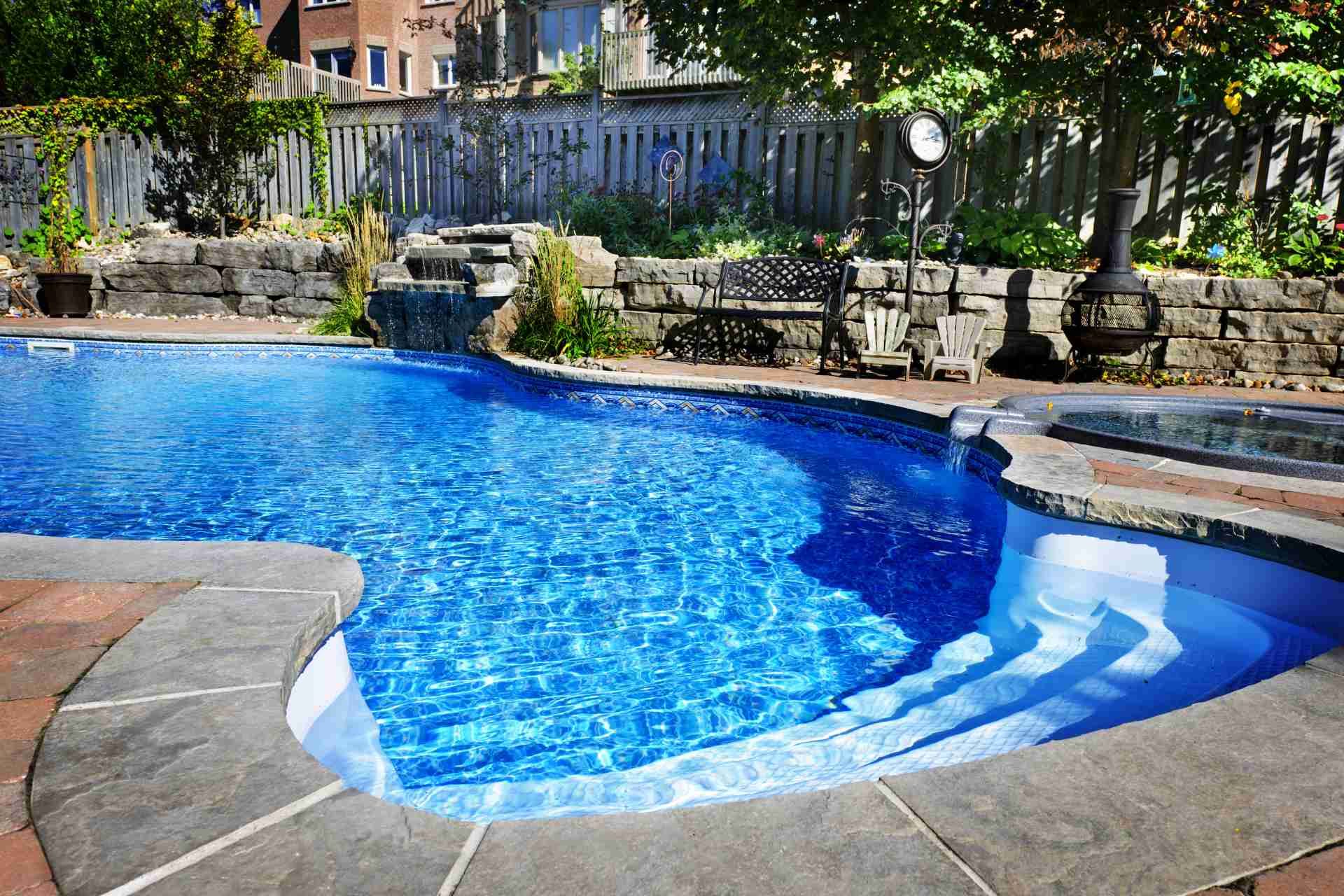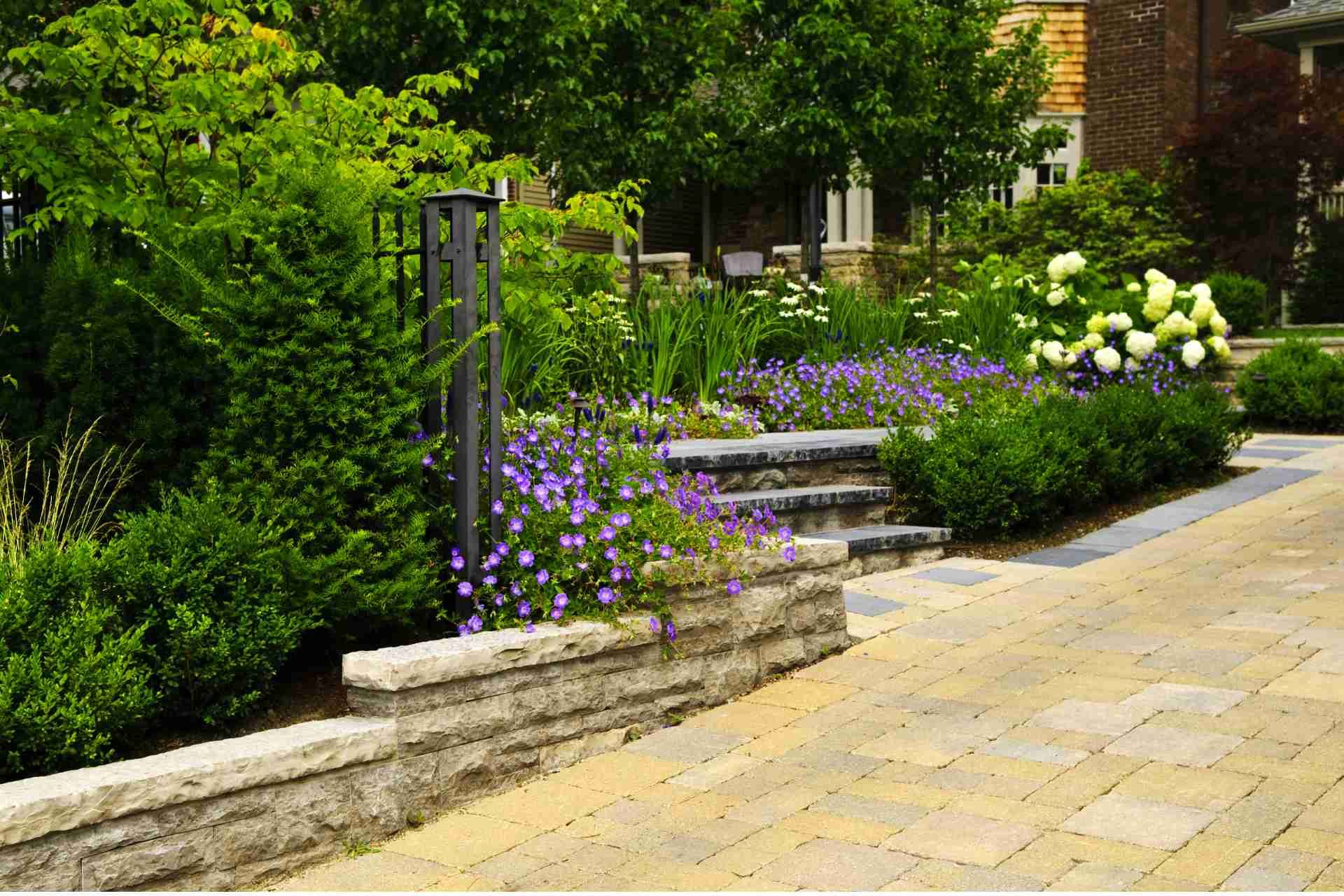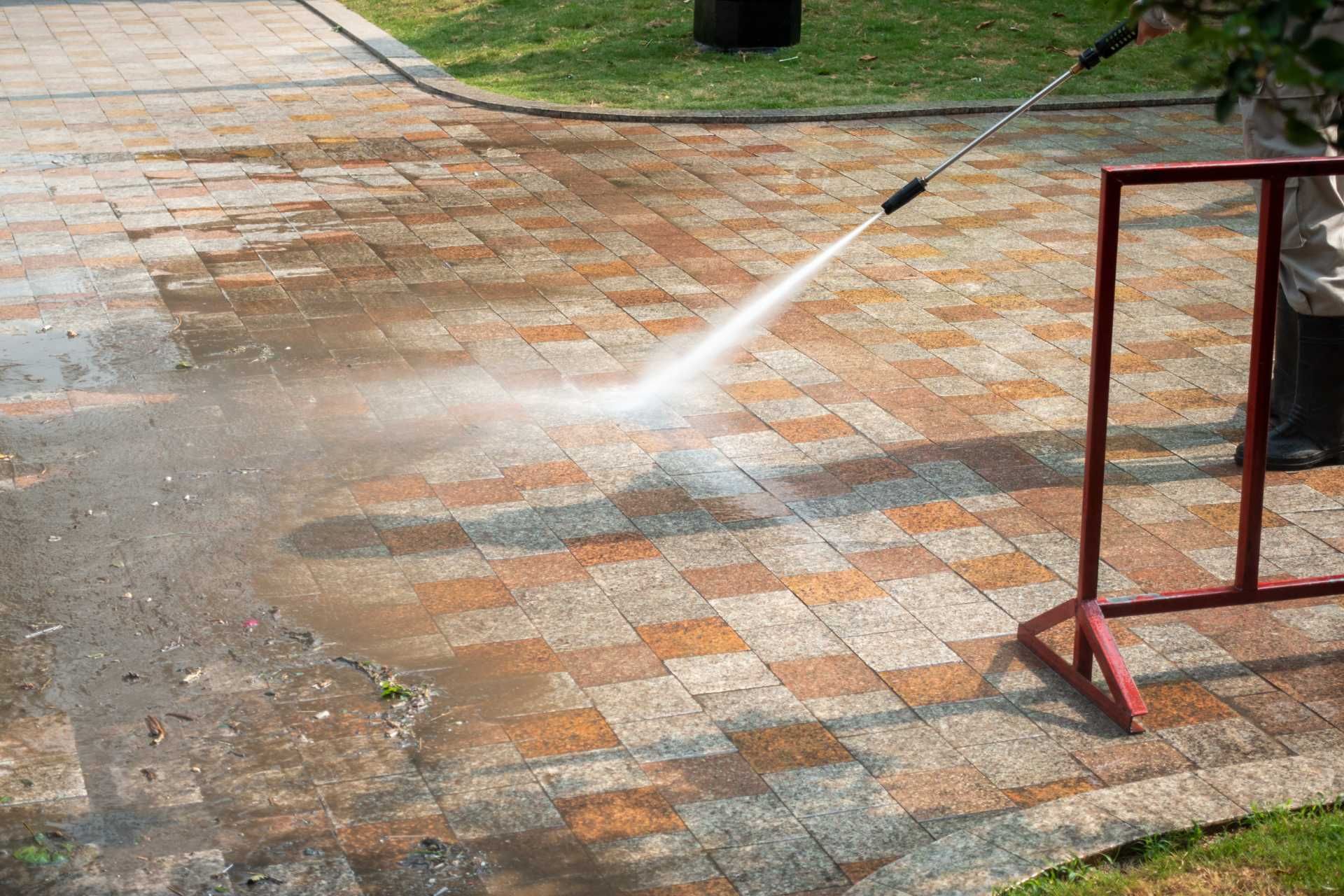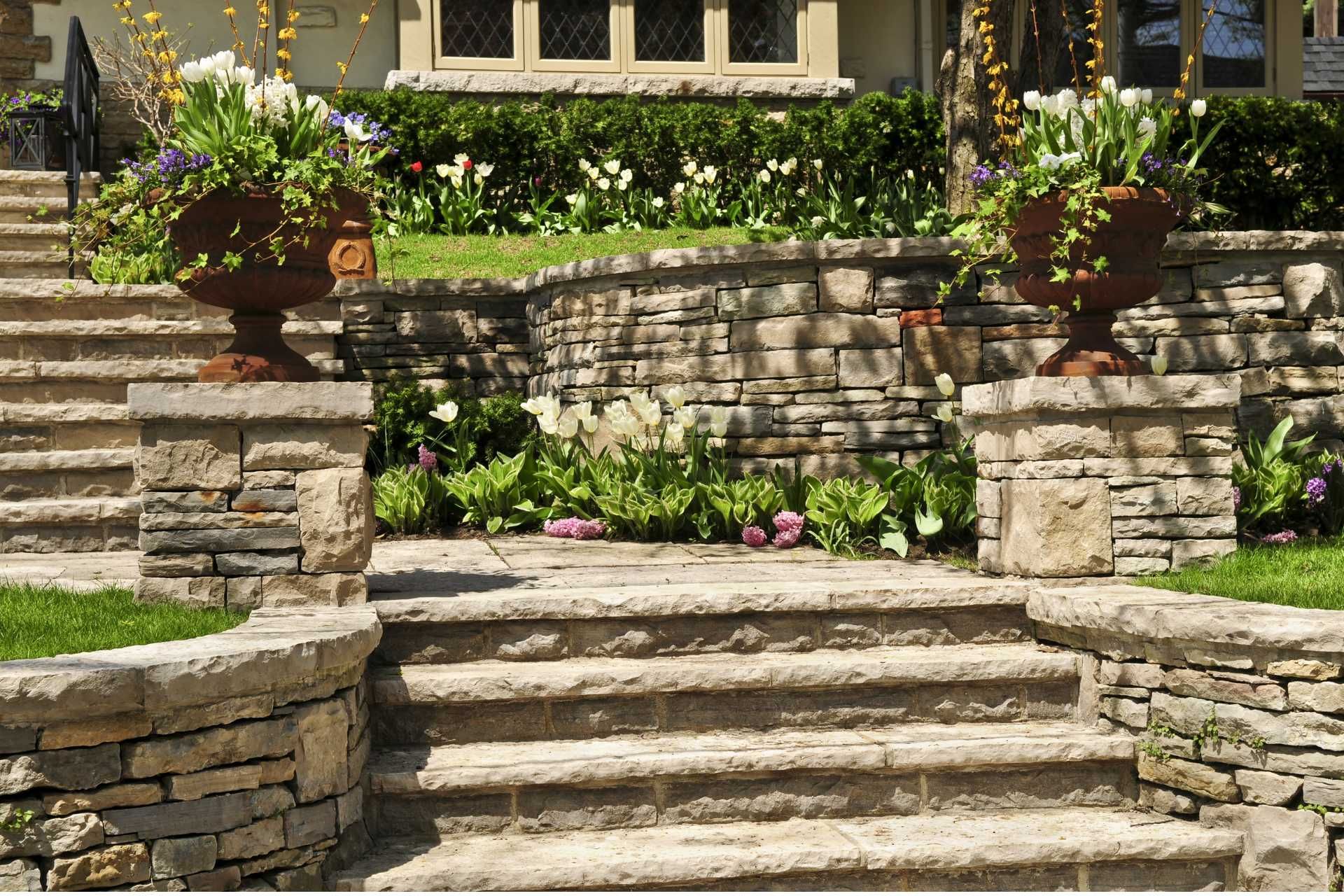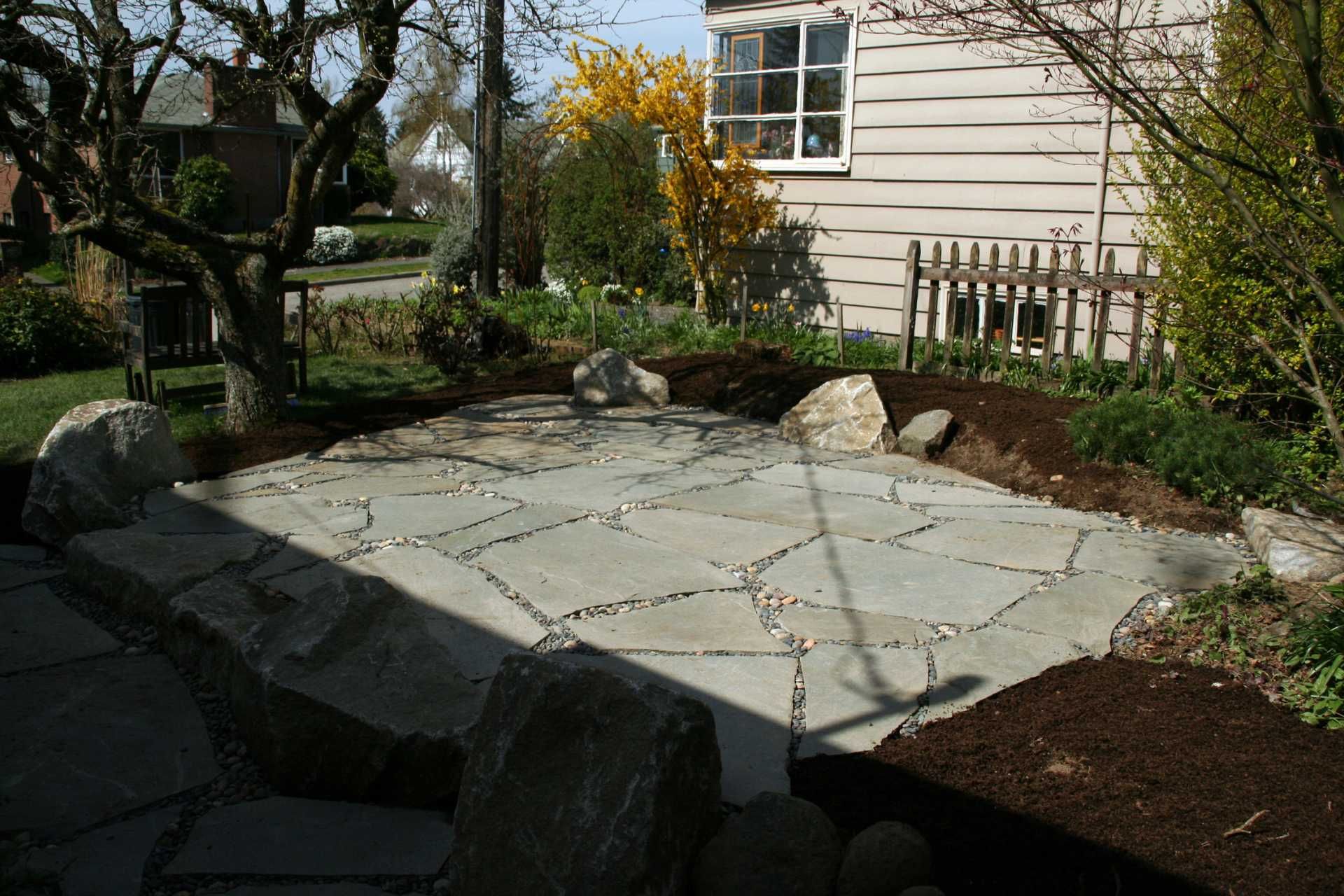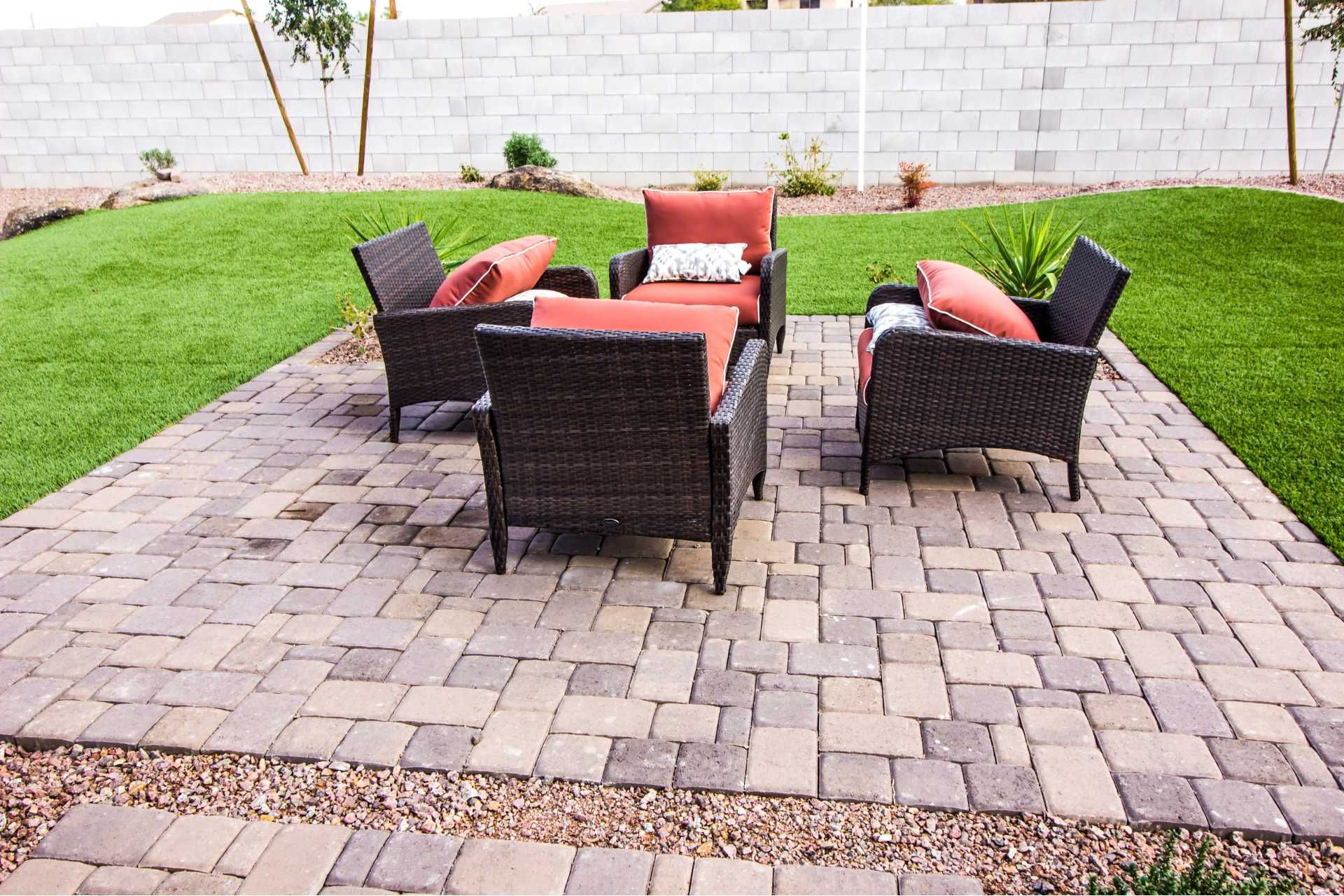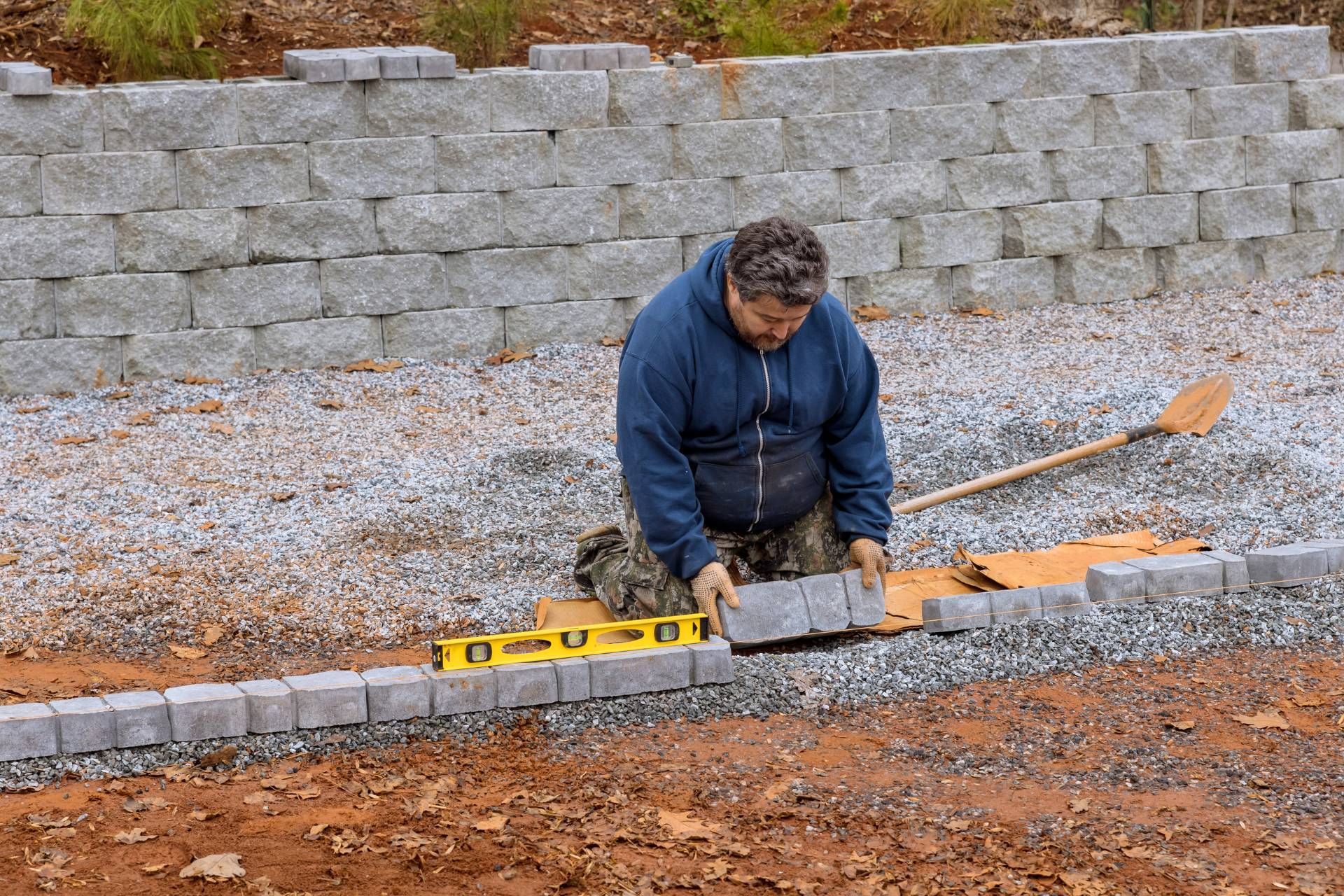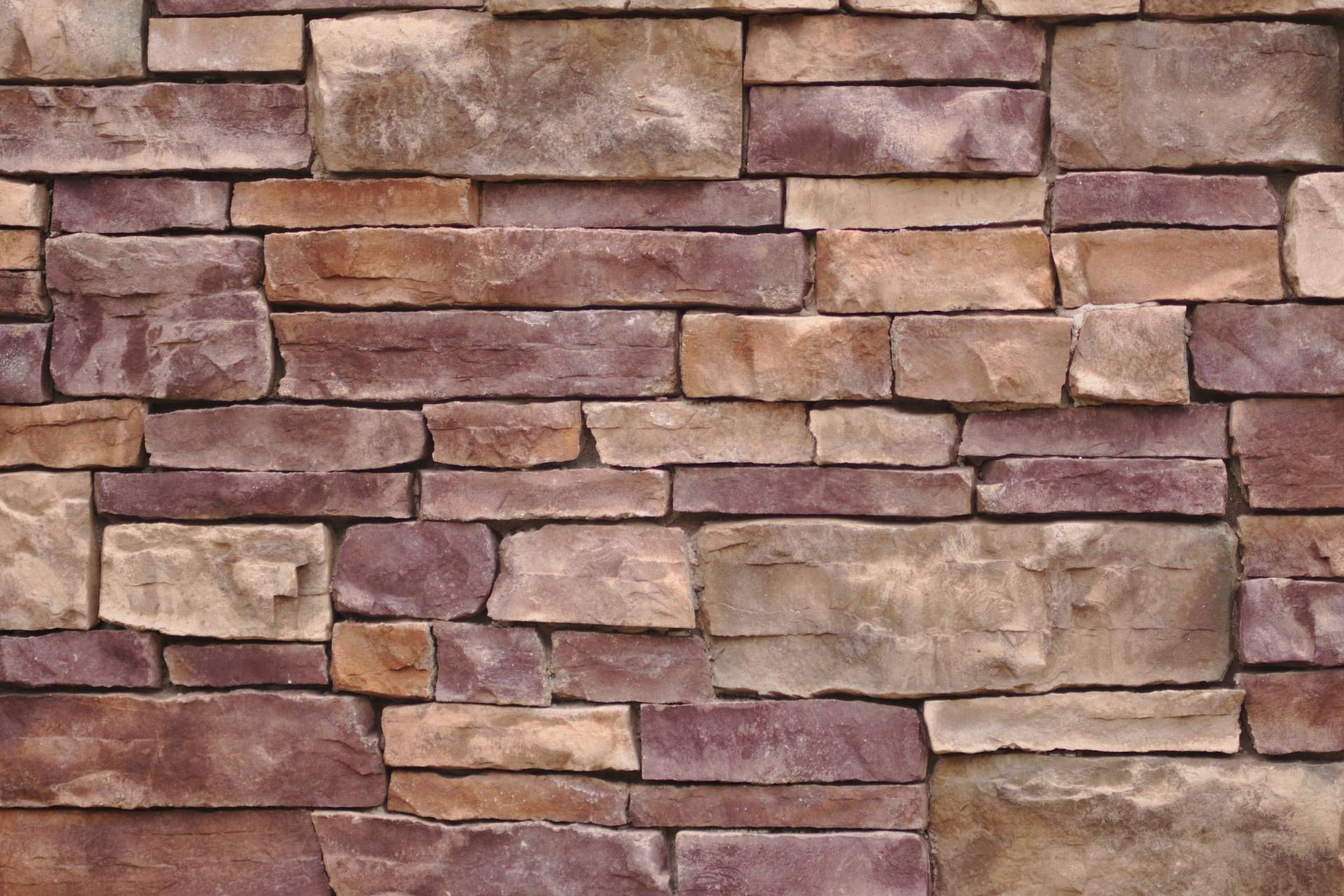Types of Landscape Drainage Solutions
Proper drainage is essential for maintaining a healthy and functional landscape. Without effective drainage solutions in place, water can accumulate and wreak havoc on plants, soil, and hardscapes. Fortunately, there are several types of landscape drainage solutions that can help prevent water damage and keep your outdoor space in top condition.
In this post, we will explore some of the most common types of landscape drainage solutions and how they can benefit your property.
French Drains
French drains are one of the most popular landscape drainage solutions and are typically used to redirect water away from a specific area. A French drain consists of a perforated pipe that is surrounded by gravel or rock and buried underground. When water seeps through the soil and enters the pipe, it is then directed away from the area and dispersed elsewhere on the property. French drains are typically used in areas with poor soil drainage or high levels of moisture.
There are many benefits to installing a French drain in your property. Firstly, it can help prevent water damage to your home's foundation by directing water away from the area. This can prevent costly repairs in the future. Additionally, French drains can help alleviate standing water in your yard, which can attract pests like mosquitoes and damage your plants and landscaping.
Installing a French drain is typically a straightforward process that can be done by a professional or a motivated homeowner. However, it is important to properly plan and design the drain to ensure it is effective. Factors like slope, depth, and location all play a role in the success of a French drain.
Swales
Swales are shallow, sloped channels that are designed to collect and divert water away from a landscape. Swales can be vegetated with grass or plants to help absorb and filter water before it reaches a drainage system. Swales are particularly effective in areas with gentle slopes or in naturalistic landscapes where traditional drainage solutions may be less desirable.
Dry Wells
Dry wells are underground chambers that are designed to collect and store excess water from gutters, downspouts, or other drainage systems. Dry wells are typically filled with gravel or rock to allow water to seep into the ground slowly. Dry wells are a great solution for properties with limited space or where traditional drainage methods are not feasible.
Rain Gardens
Rain gardens are designed to capture and absorb stormwater runoff from roofs, driveways, and other hard surfaces. These gardens are planted with native, water-loving plants that can tolerate periods of standing water. Rain gardens not only help manage water in your landscape, but also provide habitat for pollinators and other wildlife.
Rain gardens are a great way to add beauty and biodiversity to your landscape. By choosing native plants that are well adapted to your region's climate, you can create a low-maintenance garden that attracts pollinators and wildlife. These gardens also provide habitat for beneficial insects and birds, helping to promote a healthy ecosystem in your backyard.
Not only are rain gardens practical and environmentally friendly, but they can also add value to your property. Studies have shown that homes with rain gardens sell for more than those without, as they are seen as a desirable feature that contributes to a sustainable lifestyle.
Permeable Pavers
Permeable pavers are an innovative landscape drainage solution that allows water to seep through the surface and into the ground below. Permeable pavers are typically made of porous materials such as gravel or concrete and are installed over a bed of crushed stone.
Permeable pavers are a great option for driveways, patios, and walkways, as they help to reduce runoff and prevent water pooling.
Grading and Sloping
Proper grading and sloping of your landscape can also help prevent water issues. By creating gentle slopes away from buildings and low-lying areas, you can ensure that water drains efficiently and does not pond or erode the soil.
Surface Drains
Surface drains are another effective way to manage excess water in a landscape. These drains consist of a grate or catch basin installed at ground level to collect surface water and direct it away from an area. Surface drains are typically used in areas prone to flooding or standing water, such as driveways, patios, and low-lying areas.
Retaining Walls
Retaining walls can also serve as a drainage solution by holding back soil and preventing erosion. Retaining walls can be designed with built-in drainage systems that collect and redirect water away from a landscape. These walls can be made from a variety of materials, such as stone, brick, or concrete, to complement the overall aesthetic of a landscape
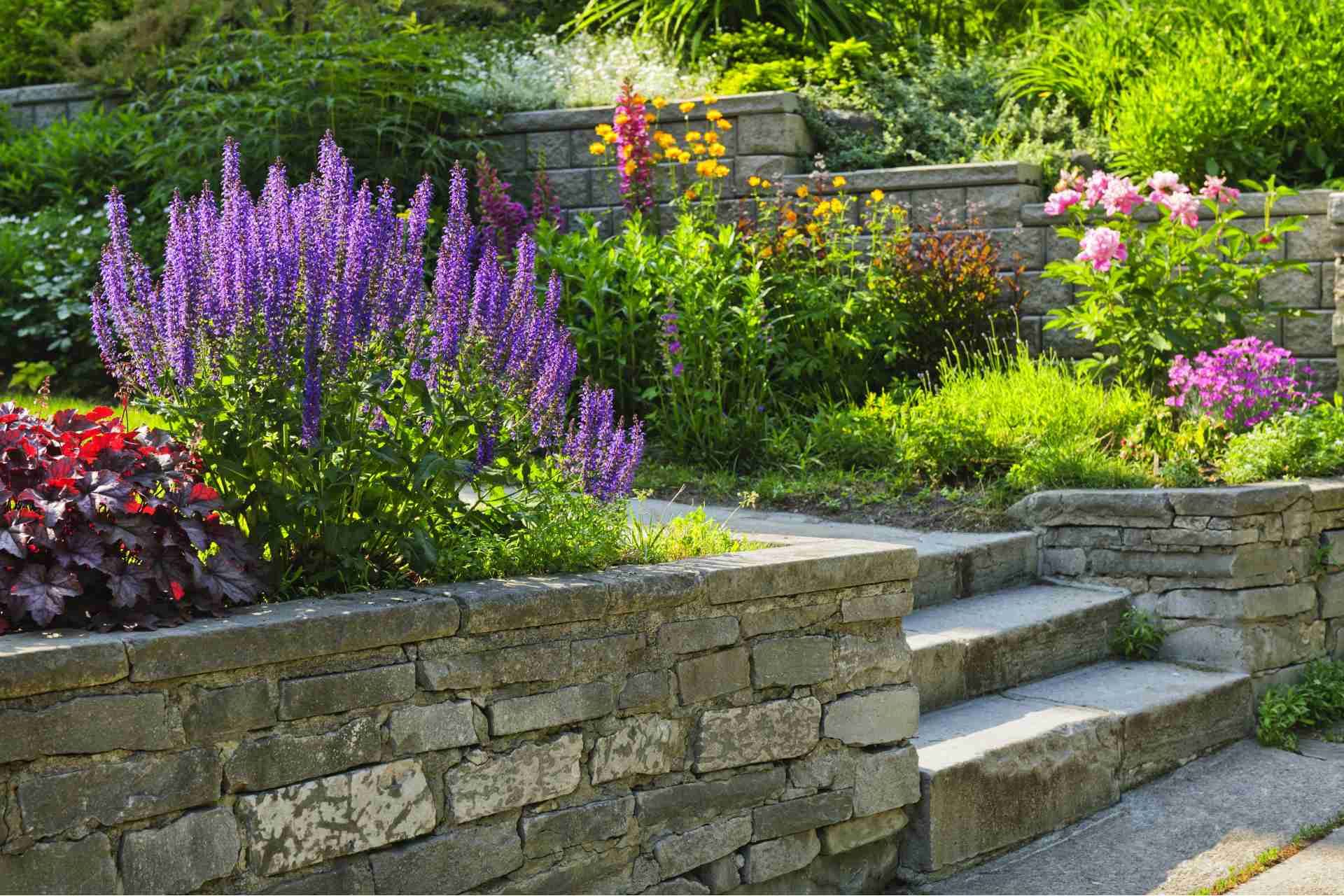

NH Thinstone
760 NH-16
Ossipee, NH 03864
CALL US
Phone: (603) 837-6685
EMAIL US
Email: ordersnht@gmail.com
HOURS
- Monday
- -
- Tuesday
- -
- Wednesday
- -
- Thursday
- -
- Friday
- -
- Saturday
- Appointment Only
- Sunday
- Appointment Only
Copyright © 2023 NH Thinstone, All Rights Reserved.

